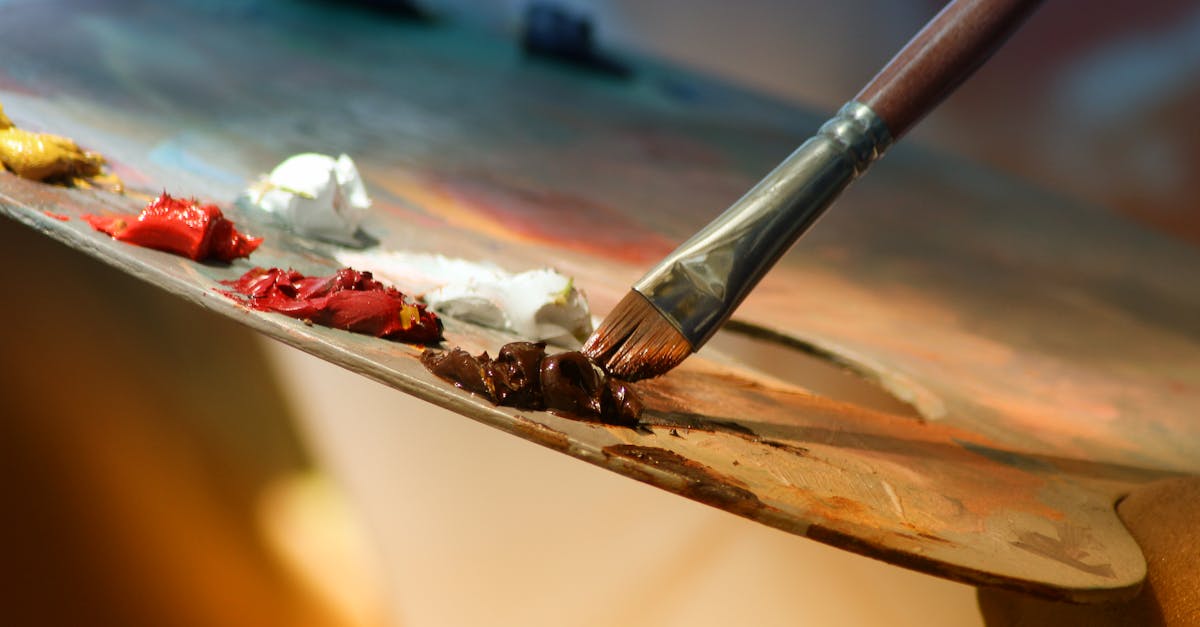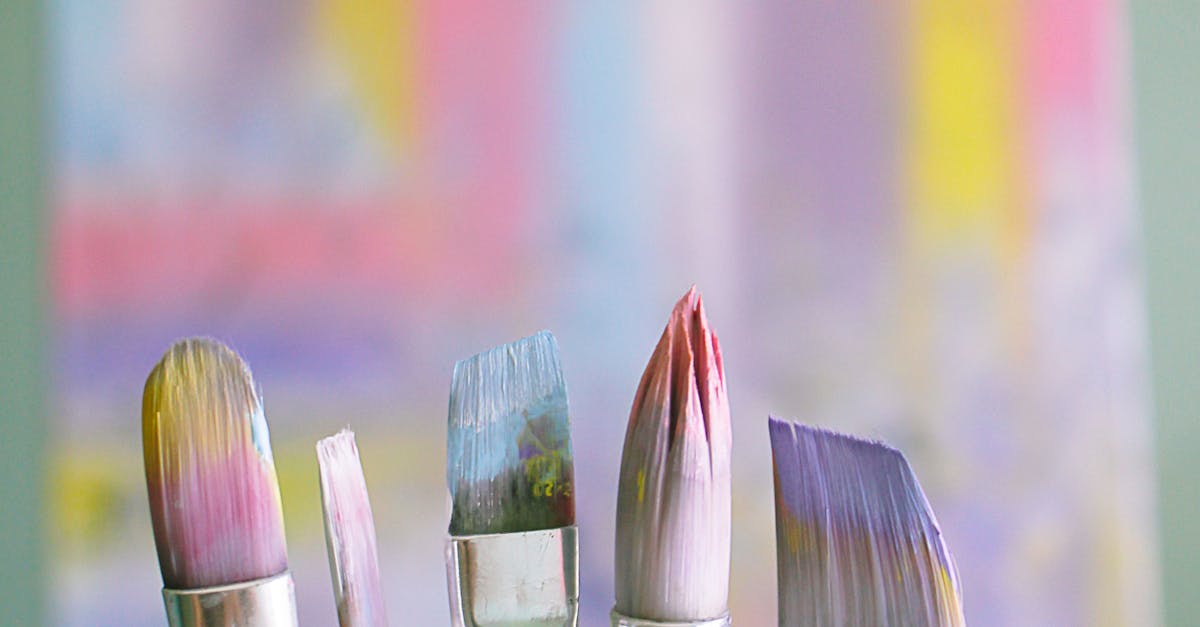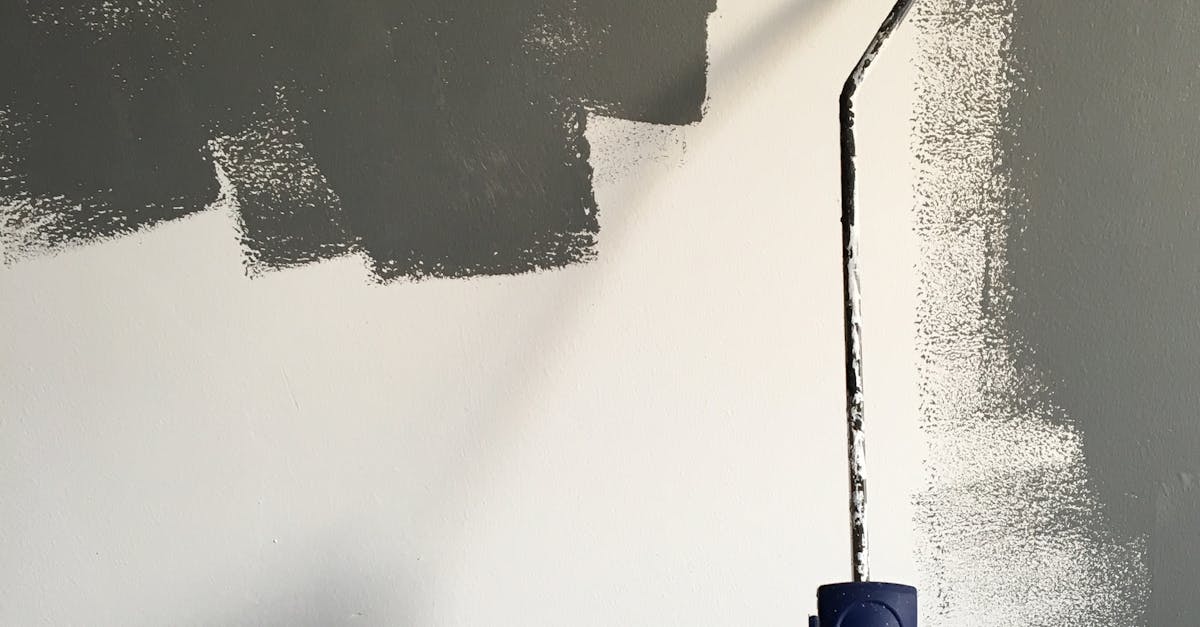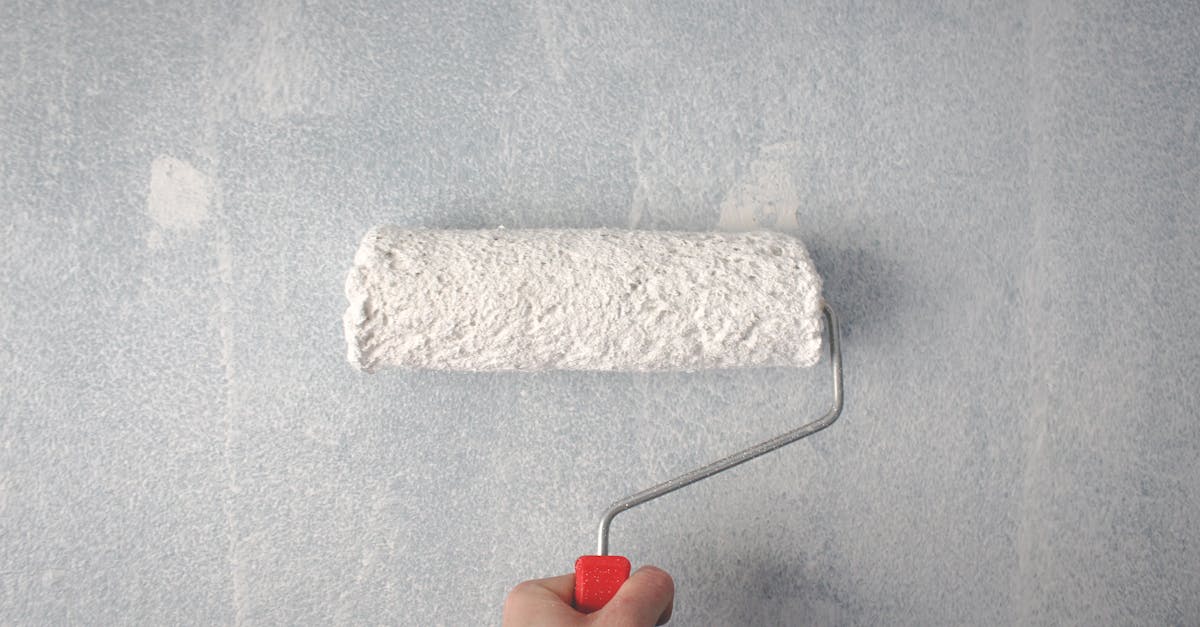
Slough Painters and Decorators offers expert tiling services for both residential and commercial properties in the Slough area. Our team of skilled craftsmen will provide professional installation of tiles for kitchens, bathrooms, floors, and walls. Whether you are looking to update your space with modern subway tiles, create a timeless mosaic design, or add a splash of colour with glass tiles, we have the expertise to bring your vision to life. From precise measurements and surface preparation to grouting and finishing touches, we ensure that every tiling project is completed to the highest standards. Trust Slough Painters and Decorators to transform your space with our top-quality tiling services.
Maintaining and Sealing Tiled Surfaces
Once tiles have been meticulously installed, it is crucial to properly maintain and seal them to ensure their longevity and pristine appearance. Regular maintenance involves simple practices such as sweeping or vacuuming to remove loose dirt and debris, preventing grime buildup that could diminish the lustre of the tiles. For tiled surfaces in high-traffic areas like kitchens or bathrooms, a gentle cleaning solution of warm water and a mild detergent can be used to wipe down the tiles followed by a thorough rinse with clean water.
Sealing tiled surfaces is a key step in protecting them from water damage, staining, and discolouration. Depending on the type of tiles used, different sealing products may be required. For natural stone tiles like marble or granite, a penetrating sealer is recommended to penetrate the pores of the stone and provide a protective barrier. Porcelain and ceramic tiles, on the other hand, may benefit from a topical sealer applied to the surface to enhance their resistance to stains and moisture. Regular reapplication of sealant, as per the manufacturer’s guidelines, is essential to maintain the effectiveness of the seal and prolong the life of the tiles.
Best Practices for Cleaning and Sealing Tiles to Preserve Their Beauty
To maintain the pristine appearance of tiled surfaces and uphold their longevity, it is crucial to adhere to a routine cleaning and sealing regimen. Regularly cleaning tiles with a mild detergent and water solution can effectively remove dirt, grime, and stains without compromising the integrity of the tile surface. For tougher stains or stubborn dirt buildup, gentle scrubbing using a soft-bristled brush can be beneficial. However, it is important to avoid abrasive cleaning agents or tools that could scratch or damage the tiles. Once the tiles are clean and dry, applying a suitable sealant can provide an additional layer of protection against moisture, stains, and other external factors.
Choosing the right type of sealant for your tiles is paramount in preserving their beauty and functionality. Various sealants are available in the market, including penetrating sealers, enhancing sealers, and topical sealers, each catering to different tile materials and requirements. Before applying any sealant, it is essential to read the manufacturer’s instructions carefully and test the product in a small, inconspicuous area to ensure compatibility. Sealants should be applied evenly using a clean cloth or brush, following the recommended drying times between coats. By diligently cleaning and sealing tiles, homeowners can enjoy the splendour of their tiled surfaces for years to come.
Common Mistakes to Avoid When Tiling
Tiling a surface may seem like a straightforward task, but there are several common mistakes that novice tilers often make. One frequent error is failing to properly prepare the surface before laying the tiles. It is crucial to ensure that the surface is clean, flat, and free of any debris that could affect the adhesion of the tiles. Skipping this step can result in tiles not sticking properly or uneven surfaces that are difficult to work with.
Another mistake to avoid is not using the correct adhesive for the type of tiles being installed. Different tiles require different types of adhesive based on factors such as size, material, and location. Using the wrong adhesive can lead to tiles not adhering securely or grout cracking over time. It’s essential to research and select the appropriate adhesive for the specific tiles being used to ensure a long-lasting and durable tile installation.
Pitfalls to Watch Out for During the Tiling Process
During the tiling process, one common mistake to avoid is failing to adequately prepare the surface before laying the tiles. Proper surface preparation is crucial for ensuring the tiles adhere correctly and the final result is durable. Neglecting this step can lead to tiles coming loose or cracks developing over time. It’s important to clean the surface thoroughly, repair any damage, and apply a suitable primer or underlayment before installing the tiles.
Another pitfall to watch out for is not considering the layout and pattern of the tiles beforehand. Poor planning can result in awkward cuts, uneven spacing, or misaligned patterns, detracting from the overall aesthetic appeal of the tiled surface. Taking the time to create a layout plan, considering factors such as tile size, shape, and orientation, can help avoid these issues and ensure a professional-looking finish. Additionally, double-checking measurements and making any necessary adjustments before starting the installation process can save time and frustration in the long run.
Understanding Different Types of Tile Materials
When it comes to tiling, understanding the different types of tile materials is crucial in achieving a successful and visually appealing finish. Ceramic tiles are a popular choice due to their versatility and durability. They are made from clay that is shaped and fired at high temperatures, resulting in a hard and long-lasting surface. Porcelain tiles, on the other hand, are known for their strength and water resistance. Made from fine porcelain clay, these tiles are dense and less porous than ceramic tiles, making them suitable for areas with high moisture such as bathrooms and kitchens.
Natural stone tiles, including marble, granite, and limestone, offer a luxurious and unique look to any space. Each type of natural stone has its own distinct characteristics, such as varying colours, veining patterns, and levels of porosity. It is important to consider the maintenance requirements of natural stone tiles, as they may need to be sealed regularly to prevent staining and etching. Understanding the properties and maintenance needs of ceramic, porcelain, and natural stone tiles will help you make informed decisions when selecting the ideal tile material for your tiling project.
A Comprehensive Guide to Ceramic, Porcelain, and Natural Stone Tiles
Ceramic tiles are a popular choice due to their versatility and durability. Made from clay that is fired at high temperatures, ceramic tiles come in a wide range of colours, patterns, and sizes to suit any design aesthetic. They are easy to clean and maintain, making them a practical option for various spaces in the home, such as kitchens and bathrooms. Porcelain tiles, on the other hand, are dense and less porous than ceramic tiles, making them highly resistant to water and stains. Their durability and low maintenance requirements make them a great option for high-traffic areas like hallways and living rooms.
Natural stone tiles, including options like marble, granite, and slate, offer a luxurious and timeless look to any space. Each piece of natural stone is unique, adding a touch of character and elegance to floors, walls, and other surfaces. While natural stone tiles require more maintenance compared to ceramic and porcelain tiles, with proper care and sealing, they can last a lifetime. Their natural variations in colour and texture create a sophisticated and stylish finish, perfect for creating a statement feature in any room.
FAQS
What is the best way to maintain tiled surfaces?
The best way to maintain tiled surfaces is to regularly clean them with a mild detergent and water, and to seal the grout lines to prevent staining and water damage.
How often should tiles be cleaned and sealed?
Tiles should be cleaned regularly, depending on the amount of traffic they receive, and sealed at least once a year to maintain their beauty and longevity.
What are some common mistakes to avoid when tiling?
Some common mistakes to avoid when tiling include not properly preparing the surface, using the wrong type of adhesive, and not allowing the adhesive to set before grouting.
What pitfalls should be watched out for during the tiling process?
Some pitfalls to watch out for during the tiling process include uneven tiles, grout haze, and cracked tiles due to improper installation techniques.
What are the different types of tile materials available?
There are various types of tile materials available, including ceramic, porcelain, and natural stone tiles, each with their own unique characteristics and maintenance requirements.



